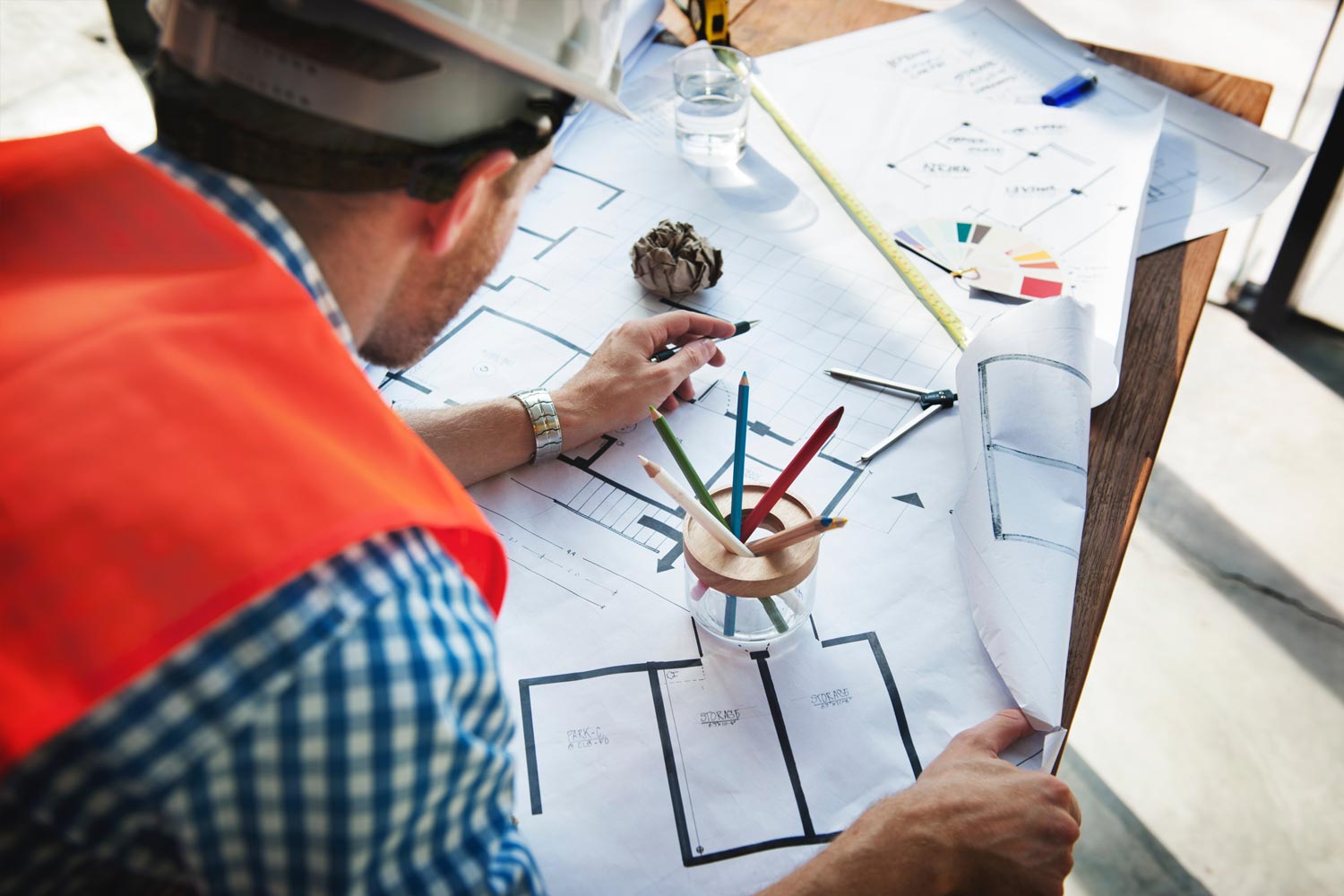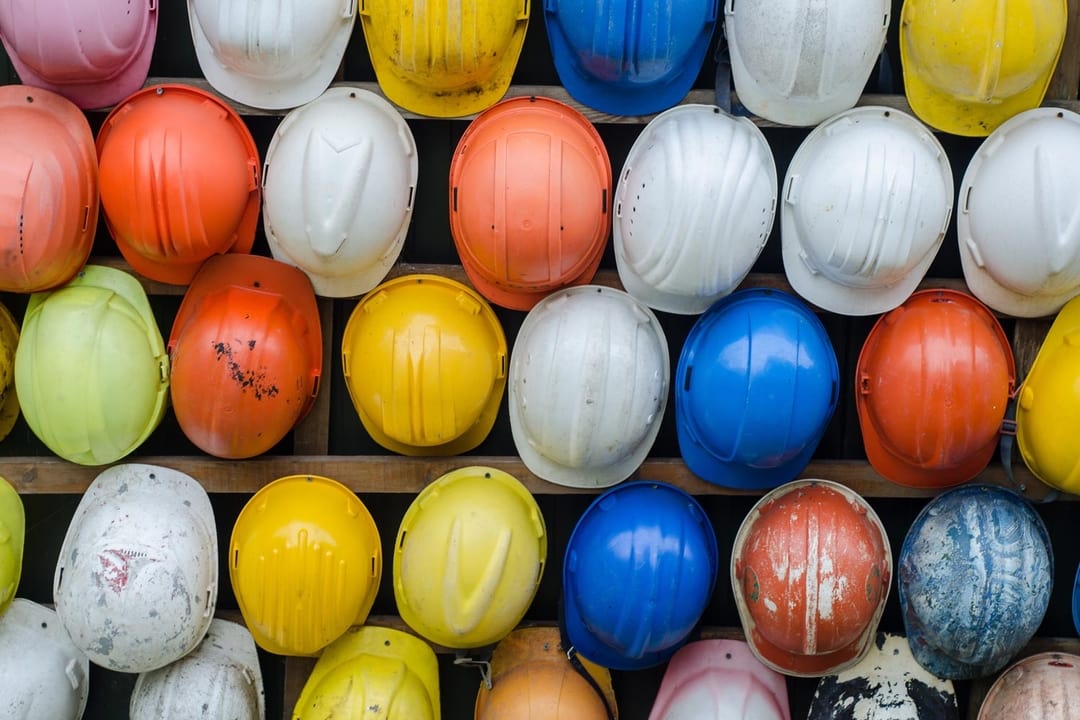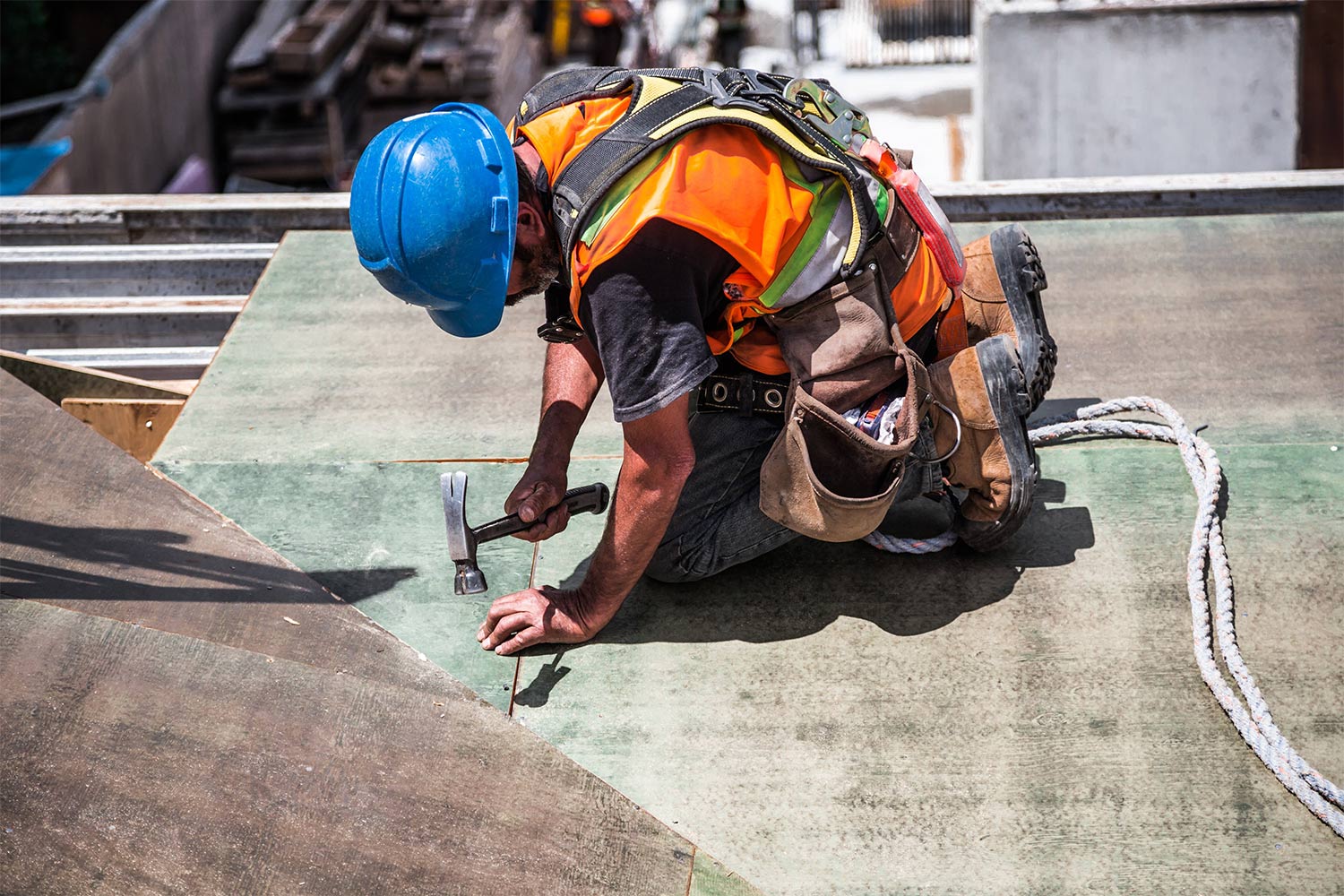
Architectural design for a construction project is thevisionary blueprint that breathes life into spaces. It transcends beyond merestructures, embodying a fusion of creativity, functionality, and technicalprecision. Architects, armed with a profound understanding of spatial dynamics,user needs, and aesthetic sensibilities, craft designs that become the guidinglight for construction endeavors. From the elegant sweep of facades to theintricate details of interior layouts, architectural design is the art ofenvisioning and communicating the essence of a project. It not only shapes thephysical form of a building but also sets the stage for the human experiencesthat will unfold within its walls. It's a holistic approach that balancesinnovation with practicality, ensuring that every construction project becomesa testament to the seamless integration of design and construction, creatingspaces that stand as timeless expressions of architectural excellence.
Architecturaldesign involves several key components, each contributing to the creation of awell-conceived and functional space.
This list is not exhaustive, as architecturaldesign is a multifaceted process that involves a dynamic interplay of variouselements throughout the project lifecycle.

Architectural modelling will make your design process faster, easier and much cheaper. We offer cutting edge modelling techniques - call us today for more information.

Preconstruction planning is crucial for the success of your project. Our professional team works with you to prepare precise cost estimates and timelines that meet your requirements.

We offer outstanding construction management services that keep costs low, improve the quality of your project and maintain on-site efficiency. Our experts will bring their expertise to any project, large or small.